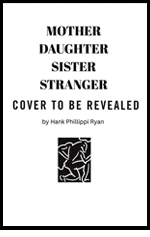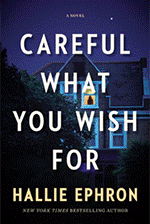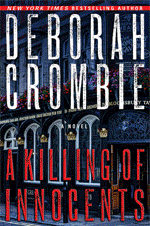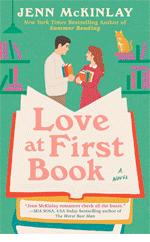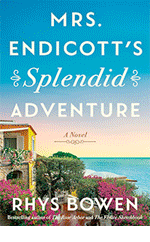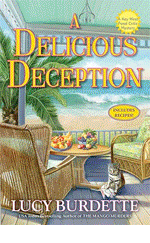DEBORAH CROMBIE: I always seem to come late to the TV party. I don't mean the latest streaming sensation (although I'm usually late to those, too) but the long-running mainstream American TV series that have been cultural touchstones over the decades.
Star Trek, for instance, I only started to watch when it was in syndication, when I was in college, but the adventures of Captain Kirk and the Enterprise playing in the background got me through many long study sessions.
Then, when my daughter was born I had to spend a couple of weeks in the hospital, and I discovered Mork and Mindy. The series would have ended a couple of years before that, but I'd never seen an episode, and Robin Williams' brilliant goofiness was just the thing I needed to look forward to at the end of those long days.
I missed the entire George Clooney era on ER, which must have been at least the first five seasons, although I later became a devoted fan and never missed an episode. (I did a panel with the fabulous Eriq La Salle at Bouchercon last year! I was totally tongue-tied!)
Streaming comes into the catch-up equation now, of course, with multiple seasons of old shows now airing on the services. Until last fall, I knew nothing about Suits other than that Meghan Markle, now Duchess of Sussex, had been in it. But when it popped up on Netflix, we got hooked and watched all nine seasons over a couple of months.
And that brings us to the latest binge, Grey's Anatomy. With all the fuss surrounding Bridgerton, I knew that Shonda Rhimes (Bridgerton's creator and producer) was producer, showrunner, and writer for Grey's Anatomy, but I had never seen an episode. I also knew the show was hugely popular and had won or been nominated for every major television award, but that was pretty much it.
Enter streaming, and we are now almost through season 5. I don't know that I'll make it all the way through, what is it now, 20 seasons? But for the time being, this is my evening 45 minutes of comfort TV. Grey has aged extremely well, I think, partly because it was groundbreaking in its day for its color-blind casting and strong character development, and partly because the hospital world exists a bit outside of time. The characters in the early seasons may have Blackberries rather than smart phones, but nothing much else has changed.
Here's a quote from Shonda Rhimes about her concept for the series that I particularly loved and I think it it still feels so resonant: "I wanted to create a world in which you felt as if you were watching very real women. Most of the women I saw on TV didn't seem like people I actually knew. They felt like ideas of what women are. They never got to be nasty or competitive or hungry or angry. They were often just the loving wife or the nice friend. But who gets to be the bitch? Who gets to be the three-dimensional woman?"
But the big problem with coming late to such a long running show is avoiding spoilers! If I want to look up a cast member or an episode, I have to do it half-blindfolded, or I'll learn what happens to characters in episodes I haven't seen!
Reds and readers, have you come late to shows that had previously passed you by?
Oh, and the best thing about these late discoveries, other than the ability to binge? NO commercials!!!




















.jpg)
.JPG)

























